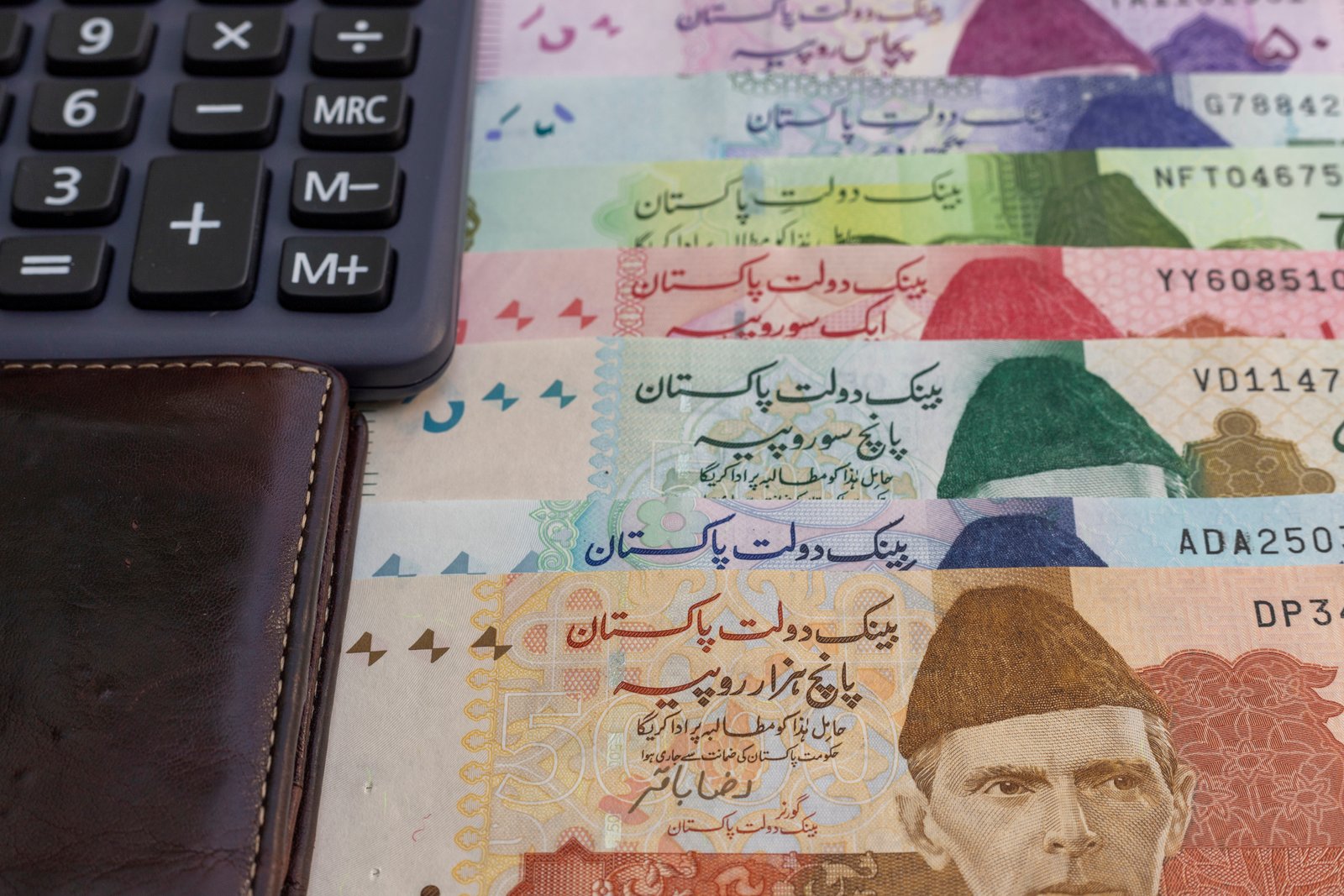Giving women more power within households has long been considered a way to improve children’s wellbeing – but do mothers really spend more money on their offspring than fathers do? The latest evidence suggests not.
Improving children’s wellbeing is an important development challenge. One popular policy has been to give cash transfers to women (as opposed to men), which, it has been argued, will increase spending on goods and services that benefit children.
But is that really the case? This question is difficult to answer. Studies based on household consumption or expenditure data generally show that households spend more money on children- or family-friendly goods when women are more empowered (as measured by, for example, higher relative income).
Furthermore, several studies of cash transfers given to women in Latin America (such as Progresa in Mexico) have shown improvements in children’s wellbeing. A common interpretation is that the cash transfers empowered women, which in turn led to households spending more on children.
While these studies provide an interesting pattern, in most cases they cannot conclude that children have more to gain from their mothers getting cash transfers than their fathers. To reach such a conclusion, we need rigorous studies comparing the effect of giving cash transfers to mothers versus fathers.
More recently, researchers have randomized the recipient of a cash transfer in countries as disparate as Burkina Faso, Kenya, Morocco, and the Republic of North Macedonia. These ‘randomized control trials’ (RCTs) make it possible to examine whether households with female recipients spend money differently than households with male recipients – and most of them do not find any difference in spending on children. An exception is the study in Macedonia, which finds that women spend more on food than men.
There are several possible reasons why RCTs do not find any differences in spending between mothers and fathers. First, there will only be a difference if mothers and fathers have different opinions on how the additional money should be spent. Second, if mothers and fathers do have different opinions, the cash transfer must be big enough to change the power dynamics in the household.
We recently conducted a laboratory experiment to investigate whether mothers and fathers have different preferences (or different opinions) when it comes to children’s education in Tanzania.
We invited 190 couples with at least one child in primary school to the lab. The couples received an amount of money equivalent to more than one day’s wage, and were asked to divide this money between the mother, the father, and the child. The money given to the child was paid out in the form of tutoring in the afternoon, and the money given to the mother or father was paid out in cash.
The couples were randomly assigned to two groups: one in which the father made the decision about the money, and one in which the mother received the money. Comparing the decisions in the two groups provides evidence of whether mothers and fathers think differently about spending money on their children’s education. In line with the recent cash transfer RCTs, there is no evidence to support this: on average, mothers and fathers spent the same amount of money.
But what does matter is what researchers call ‘time preferences’. An individual’s time preferences or their patience describe how much they prefer having something sooner rather than later. Someone is more patient if he or she is willing to forgo something today in order to receive more in the future.
Our study finds that when the mother is more patient than the father, giving her the money leads to more money being spent on children. If, however, the father is more patient than the mother, giving him the money yields the highest spending on children.
This result can be rationalized as follows: More education has been found to increase earnings in many settings. Therefore, more education can increase children’s earnings and improve their ability to take care of their parents when they become old. Thus, parents who are willing to wait relatively longer should be more willing to invest in their children’s education.
Ours is not the only lab experiment to consider whether mothers and fathers spend money differently. In a similar study in Kenya, the researchers found no evidence of mothers spending more on food for their children than fathers did.
To conclude, recent evidence from both RCTs and lab experiments suggests that mothers and fathers do not spend money differently when it comes to their children. In other words, there is no evidence that targeting mothers in cash transfer programs automatically leads to better outcomes for children.







